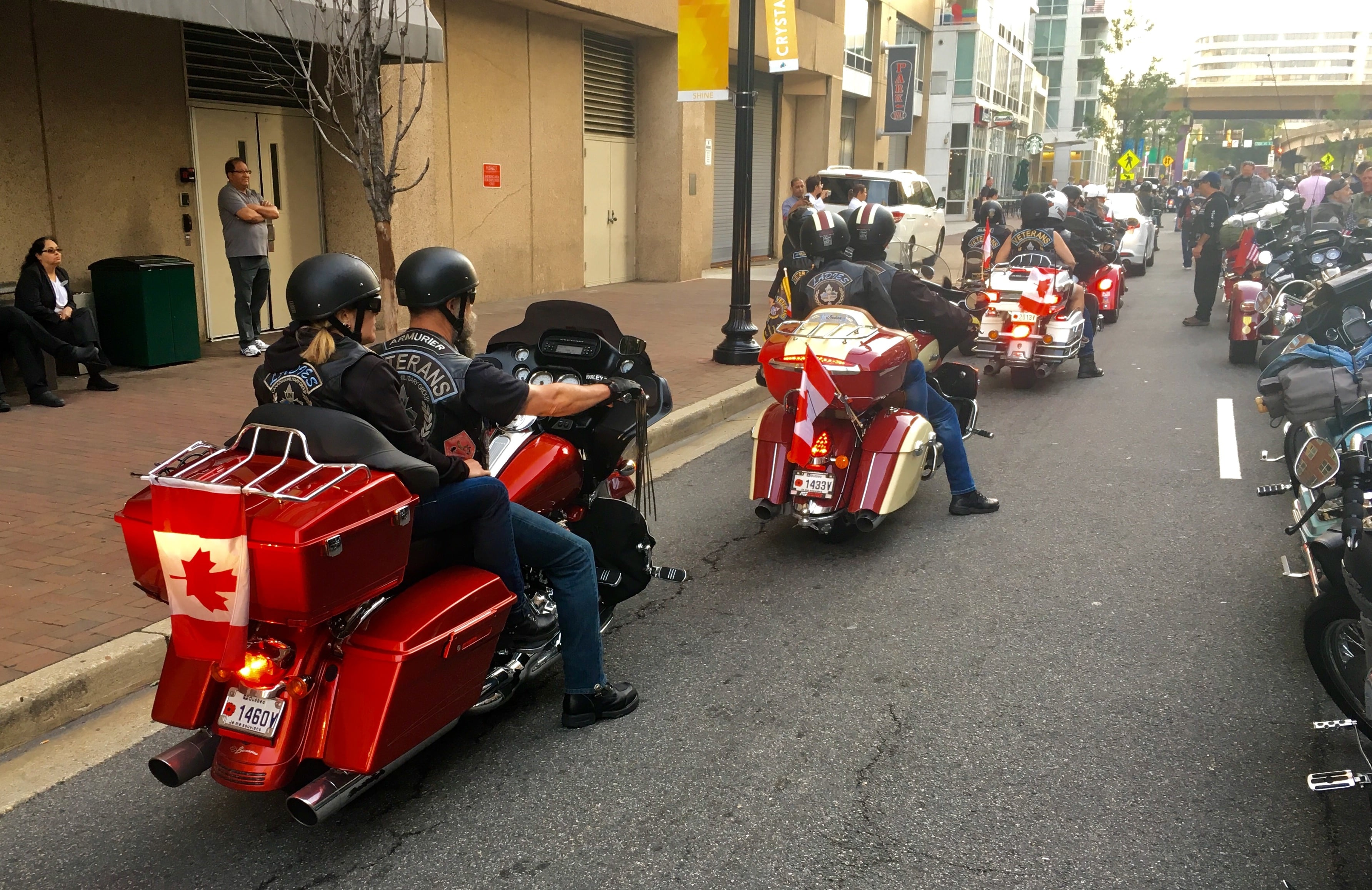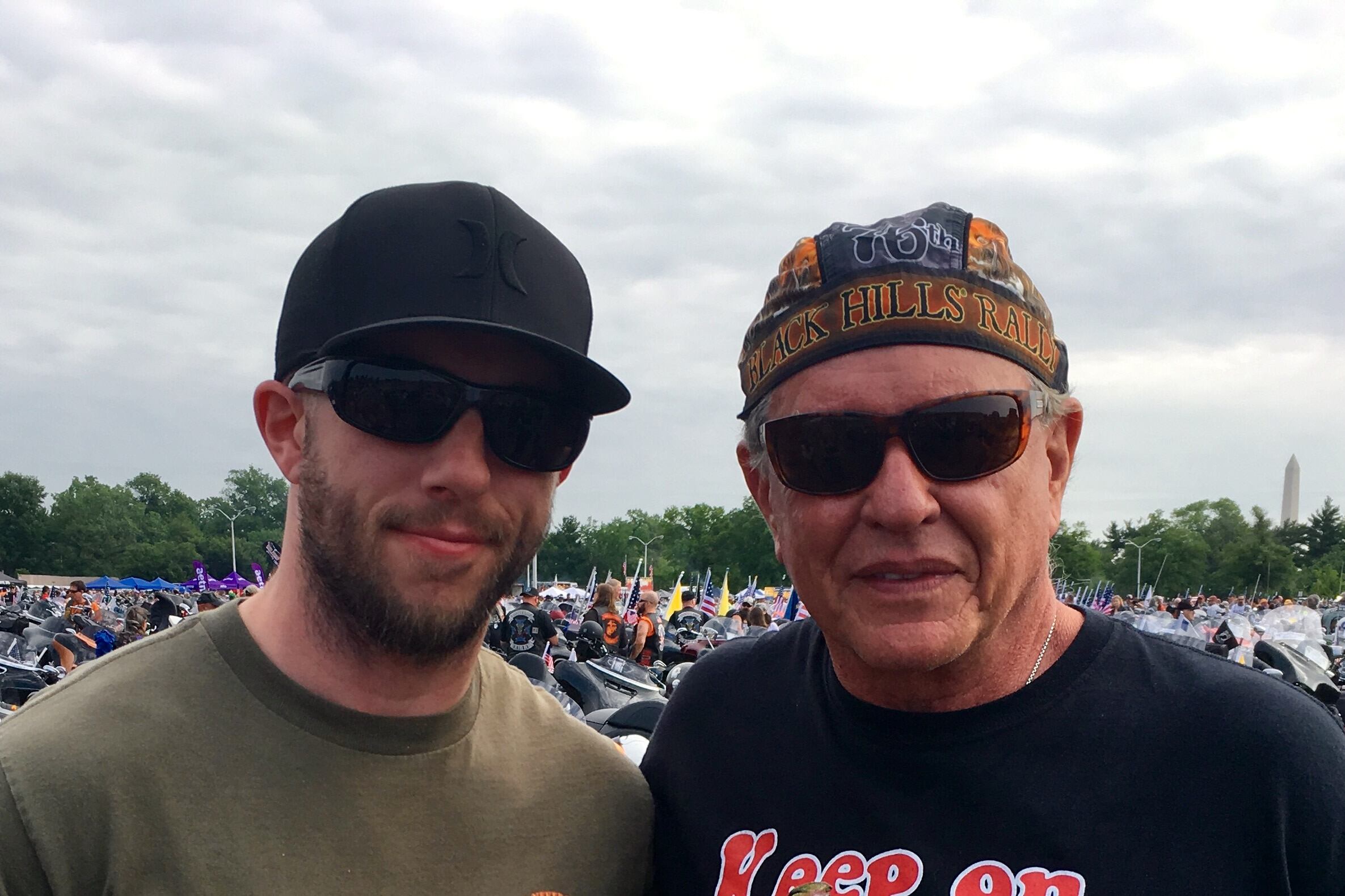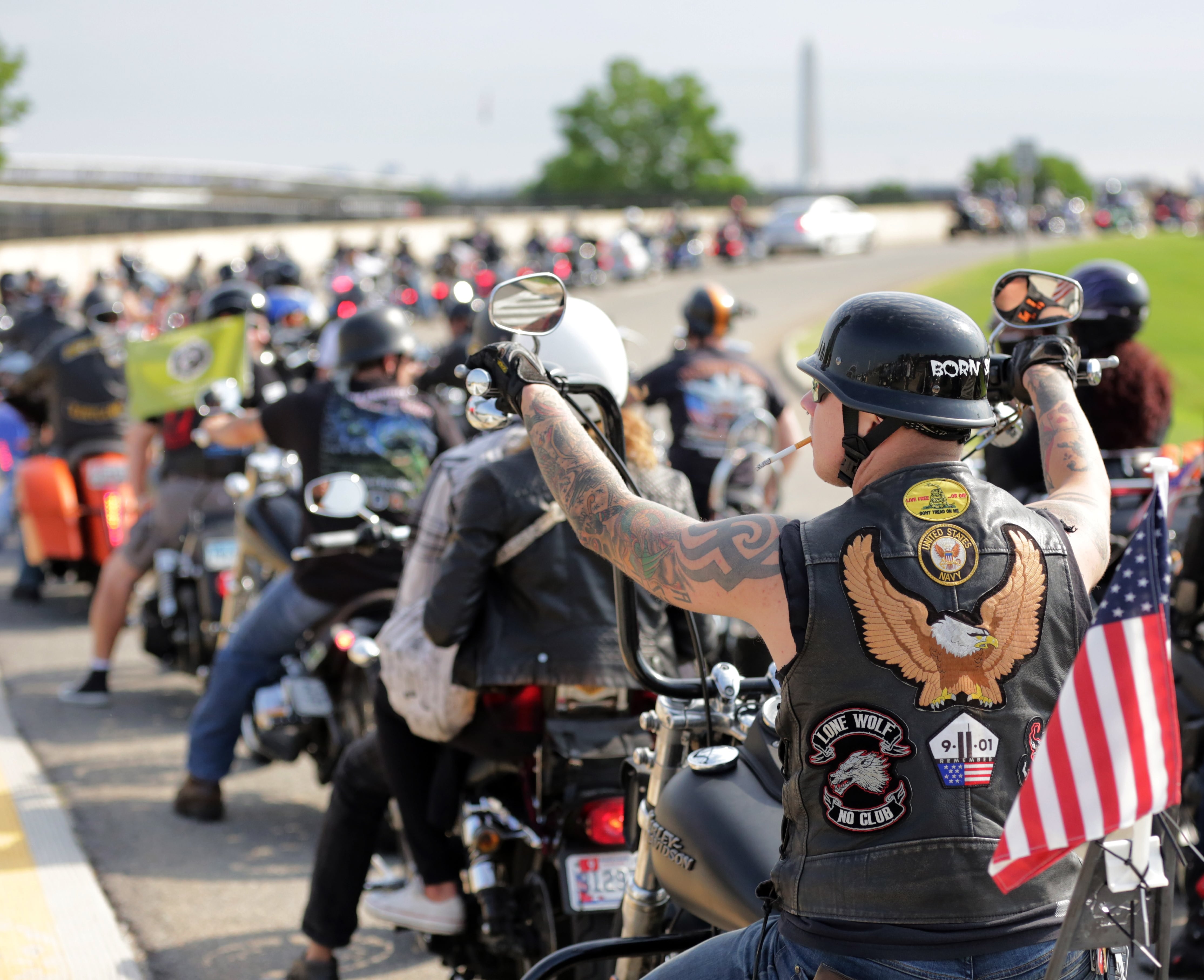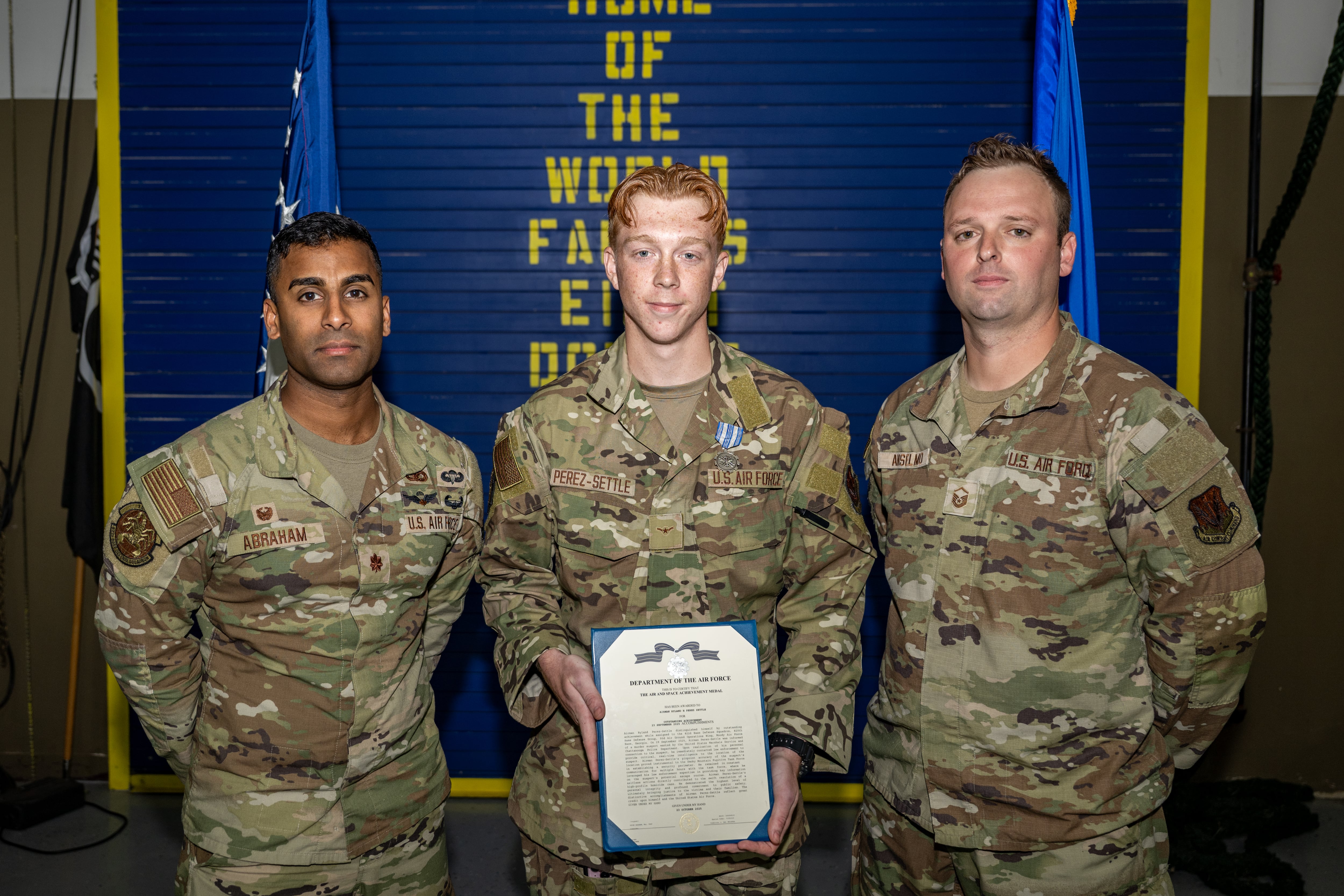[Editor's note: The following is a personal account of Rolling Thunder XXX as experienced by Jon Simkins, Navy Times managing editor and a Marine Corps veteran, who participated in the ride for the first time.]
The obnoxious clanging of faux wind chimes began at 4:15 a.m — the iPhone alarm's best attempt at rousing the dead, but I'd already been awake for some time. Paranoia is the best alarm, and this time it was intensified by an irrational fear of missing my first Rolling Thunder run.
My earliest memory of Rolling Thunder, which just celebrated its 30th year, comes from the early-1990s. I'm about eight years old, standing on an overpass somewhere near Alexandria, Virginia — my hometown — with my mother, watching thousands of leather-clad bikers rumble up I-95-North.
I'm vigorously waving an American flag and hearing my mom mention words like "sacrifice," "remembrance" and "honor," with no grasp, of course, on the weight those terms would carry a little over a decade later.
With the alarm deactivated, I hopped on the bike and made my way toward a hotel, where a D.C. chapter of Rolling Thunder was staging their bikes. I would ride with them.
I parked the bike in front of the hotel just after 5 a.m., and the comical irony of the situation became immediately clear. Being a part of Rolling Thunder is a lot like being back in the military. The old adage of "hurry up and wait" so
endeared
by service members is just as prevalent as ever.
Waking up at an ungodly hour to arrive at the staging area (at the insistence of leadership). Once there, nothing. You sit there, with only your own thoughts as company, because your brain refuses to be anything but antisocial until at least the sun rises. The half-asleep brain begins pondering life’s most vital questions. Why the hell did I drink the night before? Why are my joints popping? Why won’t my eyes stop watering? Who shot first — Han or Greedo?

Motorcycles line the streets in Crystal City
With the surrounding area beginning to illuminate as the day’s first sunshine meandered its way through the maze of buildings, the group mounted the iron horses and set out. Within a matter of minutes, though, we were staged again. This time in Crystal City, where our group joined hundreds of additional bikers. Continuing the military parallels, one man frantically shouted instructions emphasizing cover and alignment, with orders to "tighten up!" and to "make a hole!" for an arriving group.
About 50 Canadian bikers rolled by, many proudly displaying a maple leaf and speaking French. The scale of the event was setting in.

Canadian veterans make their way through the lineup.
We then departed for the third (and final) staging area — the Pentagon. The parking lot of the world’s largest office building was a sight to behold. A sea of motorcycles blanketed the entire area. On the eighth day, God said, "Let there be Harleys," and God saw that it was good.
As the time of departure was drawing nigh, I was made aware of the opportunity to make the acquaintance of actor Tom Berenger, who was blending right in by donning a bandana and a raggedy shirt.
"I was riding next to you from the last spot. I recognize your shirt and tattoos," he said.
I had unknowingly ridden motorcycles with legendary sniper, Thomas Beckett ("Sniper"), next to Lt. Gen. James Longstreet, Confederate commander under Robert E. Lee in the Battle of Gettysburg ("Gettysburg"), next to Sgt. Barnes, the friendly-fire shooter of Sgt. Elias ("Platoon"), and next to Jake Taylor, a figure critical to the turnaround and success of the once-putrid Cleveland Indians ("Major League").

Having an internal geek out session with Tom Berenger.
With the geek-out tachometer dangerously red-lining, the horde prepped for take-off. Helicopters flew low, performing sharp turns to impress the gathering crowds, and a bomber screamed overhead to announce the start.
Our group was one of the first to follow the initial wave of police escorts. Thousands of bikers honked in salute — an unforgettable sound — as we rode by those awaiting their turn.
For all the time spent waiting, the ride itself was remarkably short-lived, lasting only 10 to 15 minutes from start to finish. The impression left, however, was a lasting one.
Miles of streets were lined with thousands of people showing their support. All ages, all races, all religious backgrounds, all sharing in enjoyment. In an era of divisiveness, where slander seemingly dwells on the tips of all tongues, this was a colossal breath of the freshest air.
As the crowd began thinning out toward the end of the run, I reenacted what I’d seen other bikers do, veering close to the curb to high-five one of the many available outstretched hands. The person on the other end was a young boy, probably about the same age as I was when I stood on an overpass with my mom. He’s probably unaware, like I was, of the significance of the day, but his parents are happy, like my mom was, that he’s there. I’m happy he’s there. Most importantly, the Vietnam veterans, the ones who dealt with unimaginable cruelty when they returned home, are happy he’s there.
J.D. Simkins is the executive editor of Military Times and Defense News, and a Marine Corps veteran of the Iraq War.





